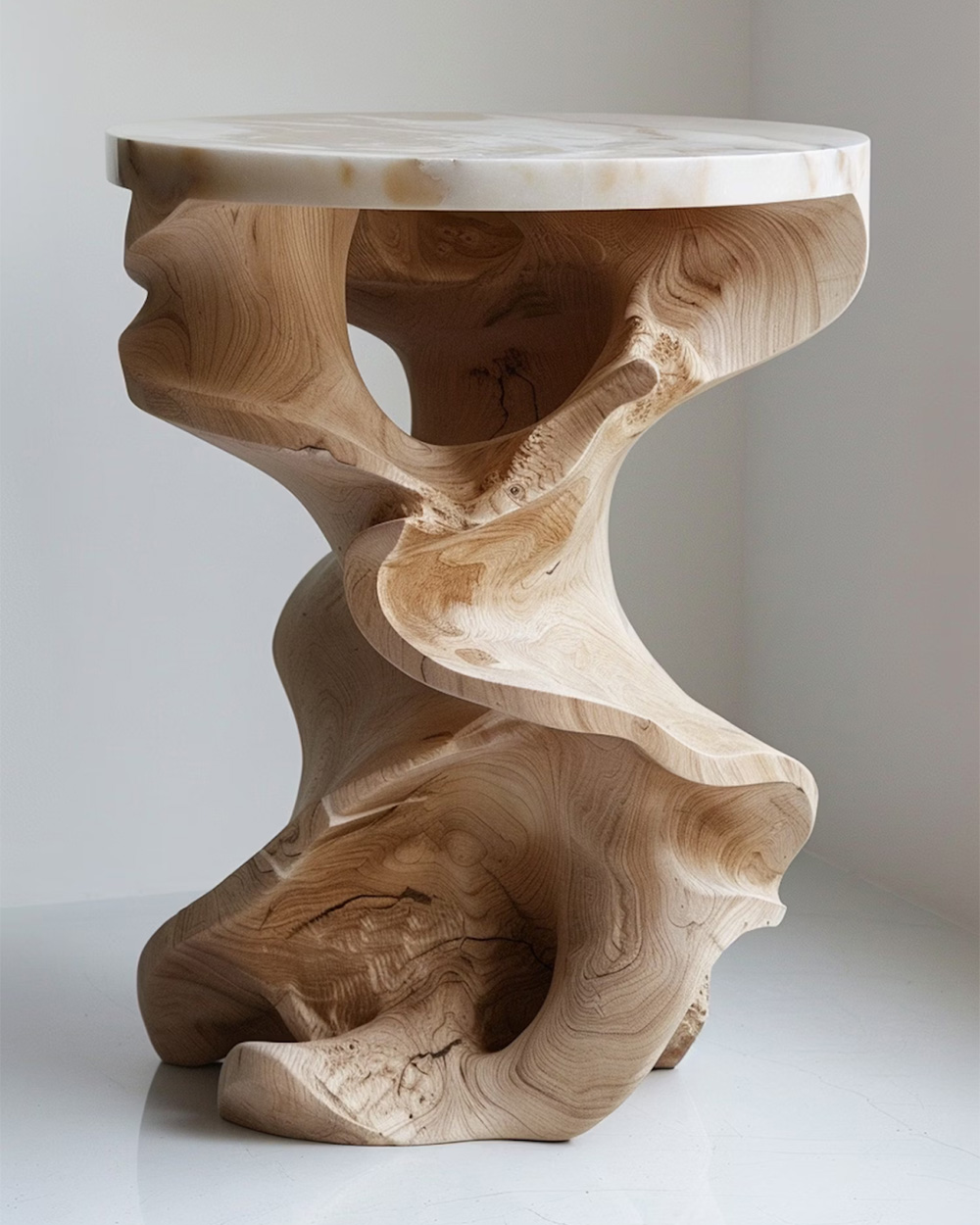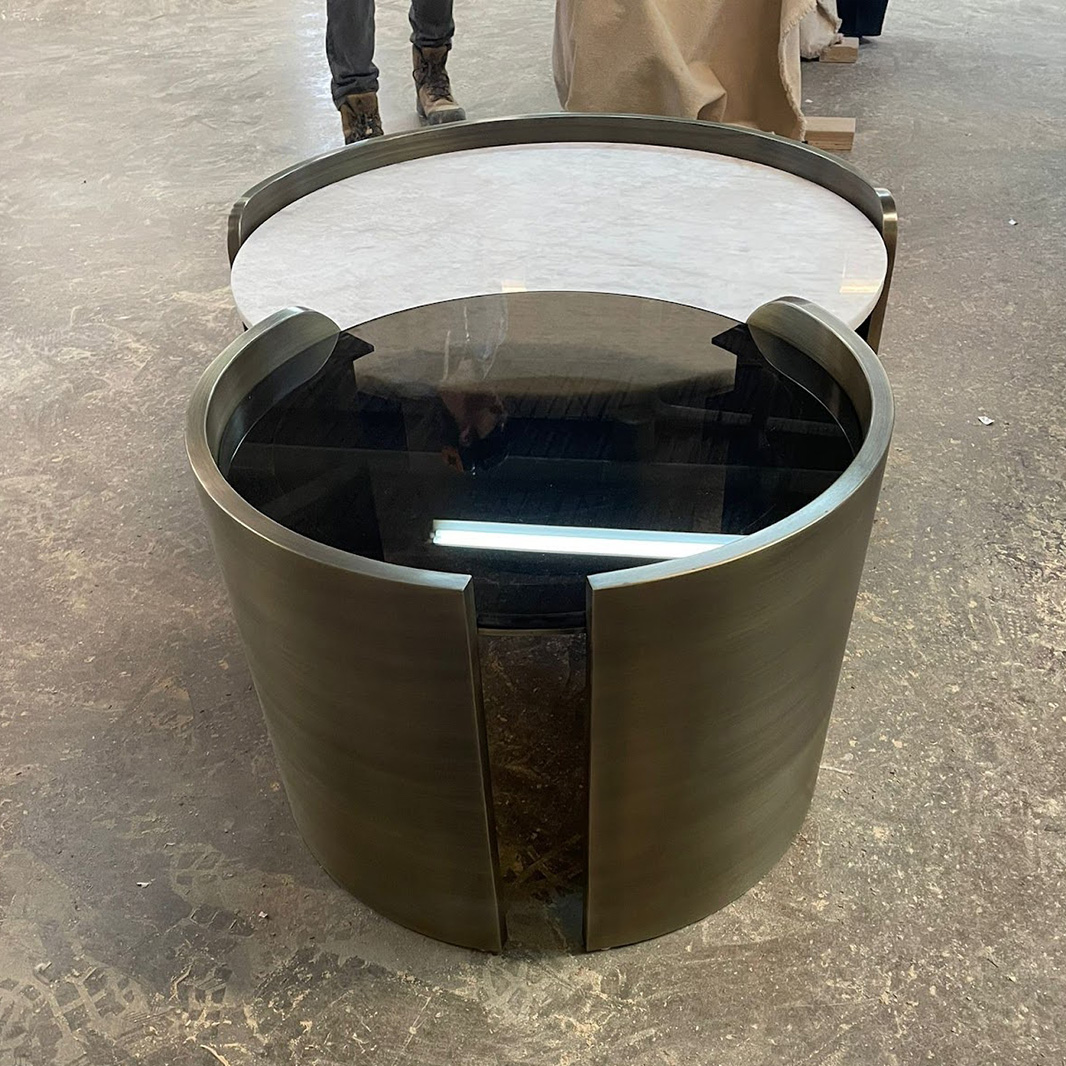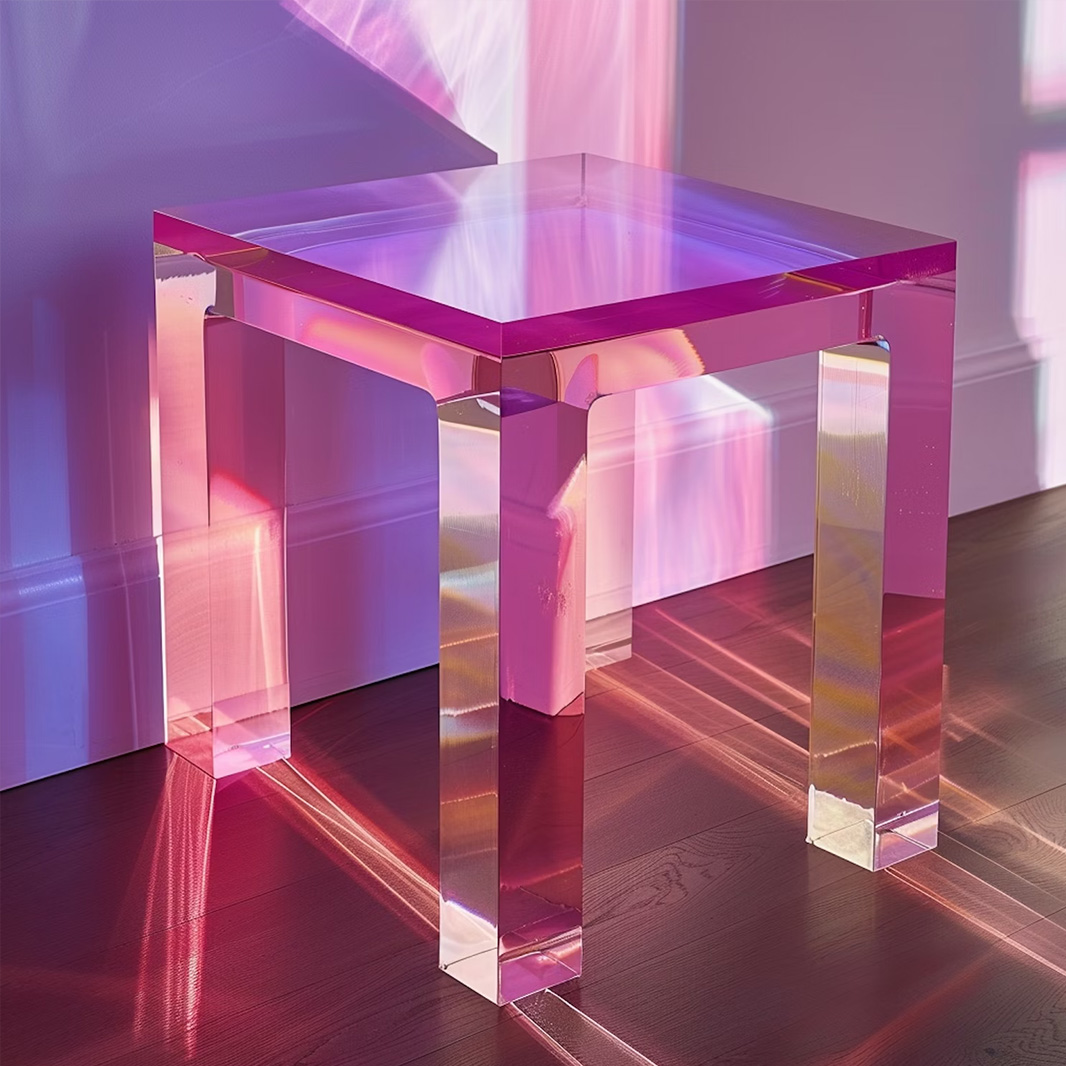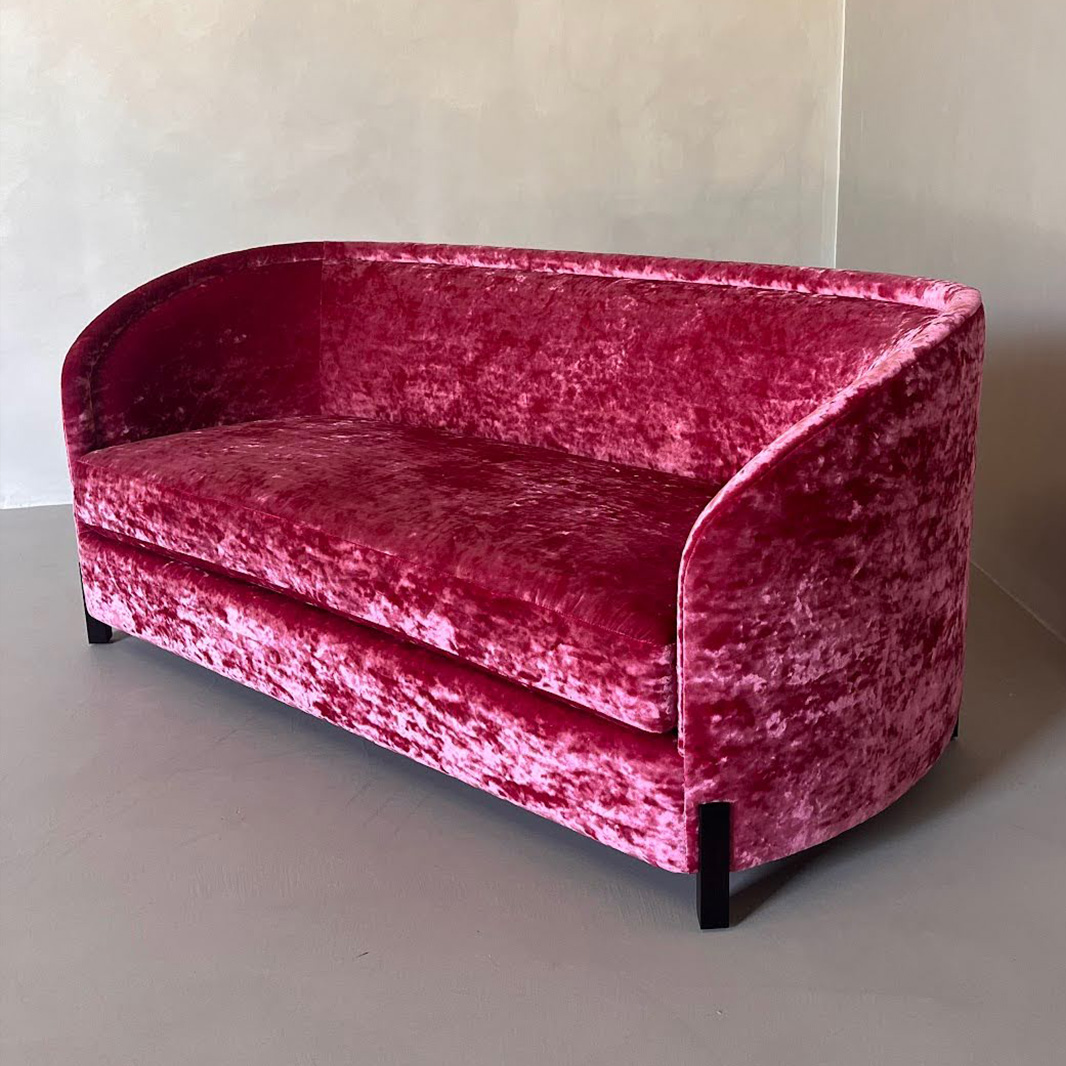Creating custom furniture is an exciting endeavour that allows designers to tailor pieces to specific needs and tastes of their clients. One of the most critical aspects of this process is selecting the right materials.
While knowing the basics of what wood species, metals and other materials can offer in terms of practicality and aesthetics, it is often the combination of materials that can truly elevate a piece and create a truly one-of-a-kind creation.
Making Informed Choices
- Functionality: Ensure the material meets the functional demands of the piece.
- Durability: Choose materials that can withstand the intended use and environmental conditions.
- Aesthetics: Select materials that complement the desired style and finish.
- Budget: Balance the cost with the quality and longevity of the material.
Know your options when it comes to choosing the right wood

Known for its natural beauty and versatility, wood is a staple in furniture design. Different types of wood offer varying aesthetics, strength, and durability.
- Hardwoods: Oak, maple, walnut, mahogany and cherry are durable and ideal for pieces that need to withstand daily use. They offer rich, natural grain patterns that enhance their aesthetic appeal.
- Softwoods: Pine, teak and iroko are more affordable and easier to work with but may not be as durable as hardwoods. They are suitable for pieces that don’t endure heavy wear.
- Reclaimed Wood: This eco-friendly option brings a rustic charm and unique character to furniture, making each piece one-of-a-kind.
When selecting wood, consider the piece’s purpose, the desired finish, and the overall style you aim to achieve. For example, oak, mahogany, cherry and walnut are excellent choices for dining tables due to their robustness, while reclaimed wood can add a rustic touch to custom pieces.
Metal: Modern and Durable
Metal is perfect for adding a modern or industrial touch to custom furniture. The most common metals used are:
- Steel: Known for its strength and versatility, steel can be used in everything from frames to accents. Steel is an economical choice and can be plated to look like brass or stainless.
- Aluminium: Lightweight and resistant to rust, aluminium is ideal for both indoor and outdoor furniture.
- Stainless Steel, Brass and Copper: These metals add a touch of luxury and warmth, and are often used in decorative elements and accents.
Consider the weight, corrosion resistance, and finish of the metal. For instance, powder-coated steel provides a durable finish, making it suitable for high-traffic areas.


Glass: Elegance and Openness
Glass can enhance the visual appeal of custom furniture by creating a sense of space and light. Types of glass commonly used include:
- Tempered Glass: Strong and safe, tempered glass is ideal for tabletops and shelves.
Frosted Glass: Offers privacy while maintaining a sleek look, perfect for doors and partitions. - Coloured or Textured Glass: Adds a decorative element and can be used in accents or focal points.
When using glass, ensure it’s properly tempered for safety, especially in homes with children or high-traffic areas.
Fabrics: Comfort and Style
The choice of fabric can make or break the comfort and style of upholstered furniture. Key considerations include:
- Durability: For high-use pieces, choose fabrics like microfiber, leather, or heavy-duty woven textiles.
- Ease of Cleaning: Synthetic fabrics and treated natural fabrics can be easier to clean, making them ideal for families and pet owners.
- Aesthetics: Choose colours and patterns that complement the overall design scheme. Velvet, for instance, offers a luxurious feel, while linen provides a casual, airy look.

Combine Materials for a truly unique piece
Combining materials in custom furniture offers interior designers a versatile palette to enhance both aesthetics and functionality. By integrating different textures, colors, and finishes, designers can create visually engaging pieces that serve as focal points in any space. For example, blending wood with metal can impart a contemporary industrial feel, while incorporating glass or acrylic can introduce a sleek, modern edge.
This approach not only allows for greater creative expression but also caters to diverse client preferences and needs. Additionally, combining multiple materials can improve the durability and practicality of a piece, making it more adaptable to various environments. Overall, this strategy enables designers to craft unique, personalized pieces that elevate the overall design and ambiance of an interior space.